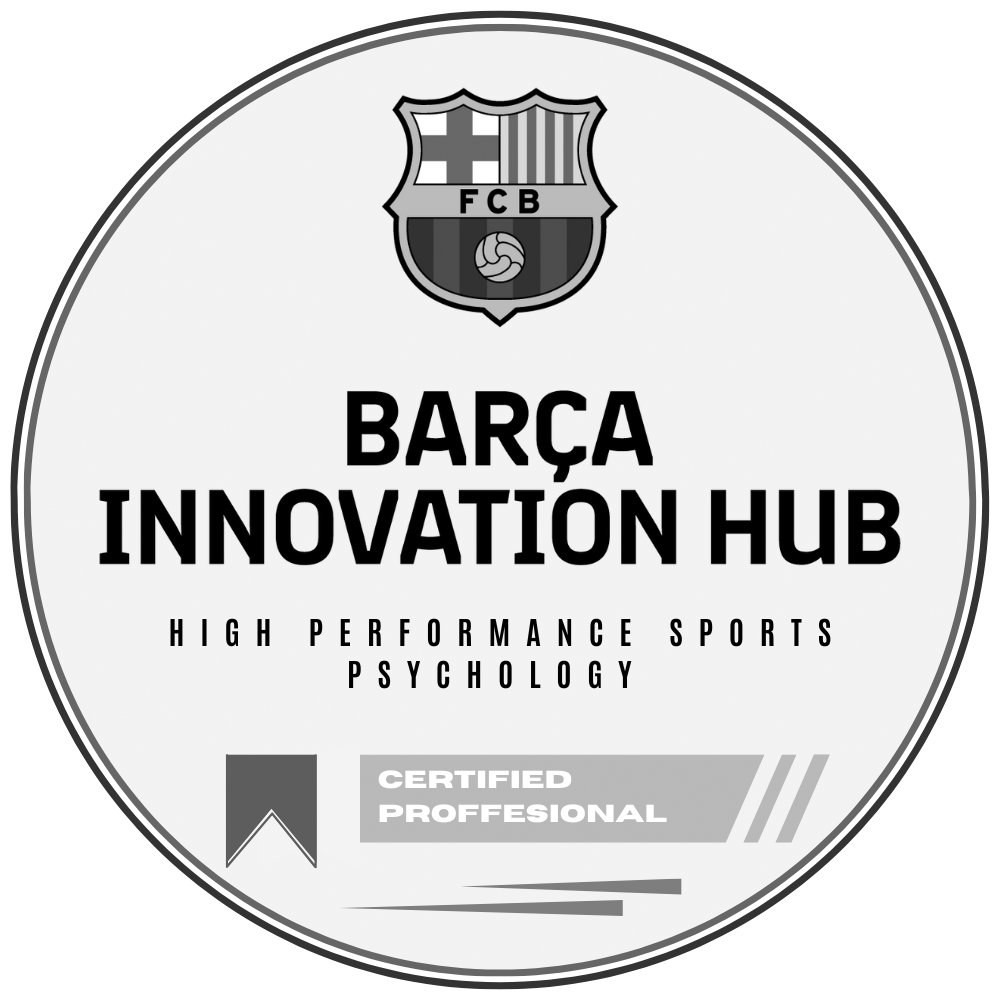At 4 a.m., the world is quiet. The inbox is still. The day hasn’t yet decided who you need to be.
A while ago on LinkedIn, I shared a reflection on the idea of “creating more time.” One approach I’ve experimented with, admittedly not for everyone, has been starting the day at that hour. There is something powerful about moving through work before the world wakes up. The silence, the focus, the head start can feel like gaining extra hours.
But I’ve learned something equally important: this only works when it is balanced by knowing when to stop. Pushing harder without rest is not sustainable. And more importantly, it does not make us better.
The real discipline lies in knowing when to switch on with full presence, and when to switch off with the same clarity. That balance is the edge. Francesca Hayward captured it perfectly when she said, “Finding ways to unwind and switch off is just as important as working very hard.”
The Cost of Always Being On
Over the years, I have seen the same pattern across high-performance environments. In boardrooms, founder-led businesses, and coaching sessions, the pressure never lets up. Executives are expected to lead decisively, absorb stress, respond to crises, and drive strategy, often all in the same day. Yet behind the scenes, there is a cost to always being on. If we do not build in recovery, the system eventually breaks.
Even top performers are vulnerable. Arianna Huffington, after collapsing from exhaustion in 2007, reframed her relationship with work. She began studying sleep, recovery, and well-being, not as wellness trends but as performance levers. That journey led to Thrive Global and her book The Sleep Revolution, both built on the premise that we do not succeed by pushing endlessly but by knowing when to recharge.
Richard Branson, despite running hundreds of companies, prioritizes time on the water, on tennis courts, and with family. He does not see stepping away as time off. He sees it as essential time for clarity, energy, and creativity.
What these leaders have in common is not a luxury of resources but a mindset. The ability to switch off with purpose is part of what makes it possible to switch on with power.
Why Recovery Fuels Performance
The logic behind switching off is simple but profound. Stepping back creates mental clarity. It gives us room to move beyond reacting and start reflecting. That is where real insight often begins.
Breaks also restore emotional balance. They help us regain patience, perspective, and empathy, all of which influence how we lead. There is a physical dimension too. Constant screen exposure, long sitting hours, and relentless schedules take a toll. If we want to stay sharp, we need to treat the body as part of the system, not just the brain.
Rest is not a distraction. It is a reset.
Creativity needs space. Some of the best ideas do not appear in meetings. They surface in quiet moments. On a walk. While gardening. While reading. Or while doing something with no specific outcome beyond being present.
What This Looks Like in Practice
Of course, knowing this and living it are two different things. Over time, I have learned to recognize when I am drifting into burnout. My thinking narrows. My decisions become faster but less grounded. In those moments, I know I need a reset.
I remember one morning, long before sunrise, sitting with a cup of coffee and a blank page. I had woken up early thinking I would tackle email or review a proposal. Instead, I wrote down three questions:
- What do I want to feel today?
- What do I want others to feel?
- And what can wait?
That moment did not just organize my day. It reset my mindset. Sometimes the real productivity happens before any task is done.
Sometimes that reset is digital. My watch powers down at ten at night. I try to protect offline time, especially during meals or early mornings. I avoid opening email first thing, not because I believe everything can wait, but because I want to choose how I step into the day.
Other times, I find that reset in nature. Even a short walk clears the mental noise. There is something deeply restorative about being outside without a screen and without a purpose beyond noticing. A friend once said, “Switch off your screen and switch on your senses.” That stuck.
Mindfulness helps too. A few deep breaths between meetings. A pause before a difficult conversation. Journaling when my thoughts feel scattered. These are small practices, but they return me to center.
Sometimes the best reset is play. Reading something unrelated to work. Listening to music. Getting on the water. The activity itself is not the point. The shift in energy is.
A Final Reflection
In my coaching work, I often see a shift when leaders begin to understand this rhythm. They stop measuring success only by hours worked or how long they stay connected. They begin to value clarity, timing, and presence. They realize that being on only works when supported by knowing how to be off.
Switching off is not about chasing balance for its own sake. It is about learning how to sustain your edge. It creates space for reflection and for ideas to surface. It gives your system what it needs to respond with strength, not reflex.
The real professionals do not just push. They also know how to recover.
Because the true measure of performance is not how long you can stay on. It is how well you show up when it matters most.
And that begins with knowing when to step away.




.svg.png)










.png)


